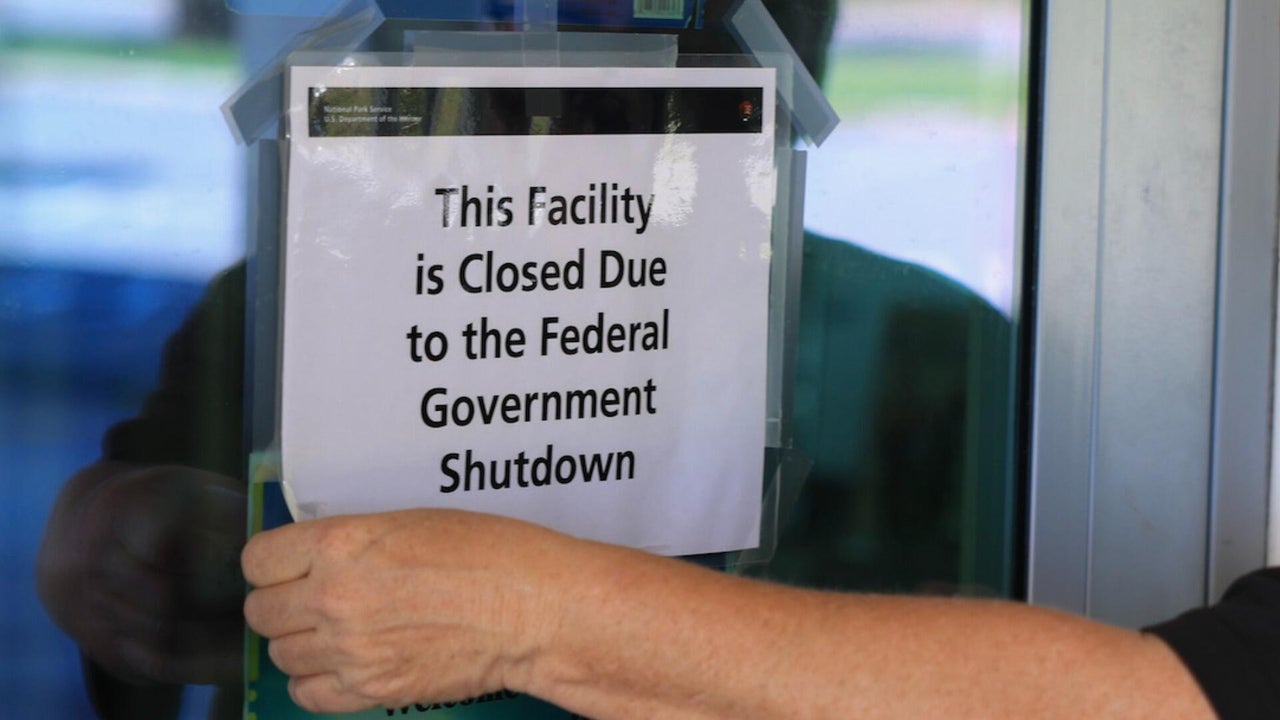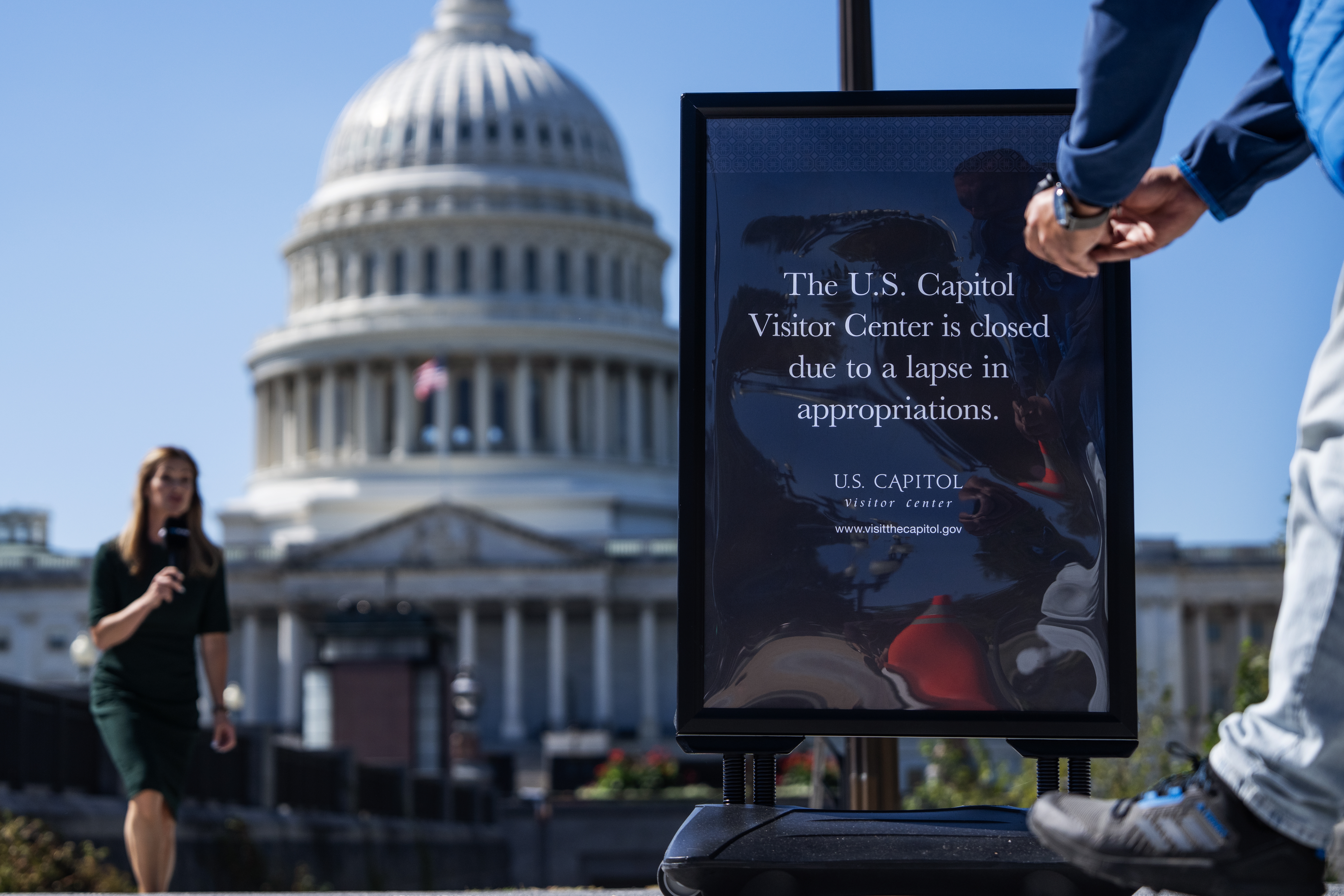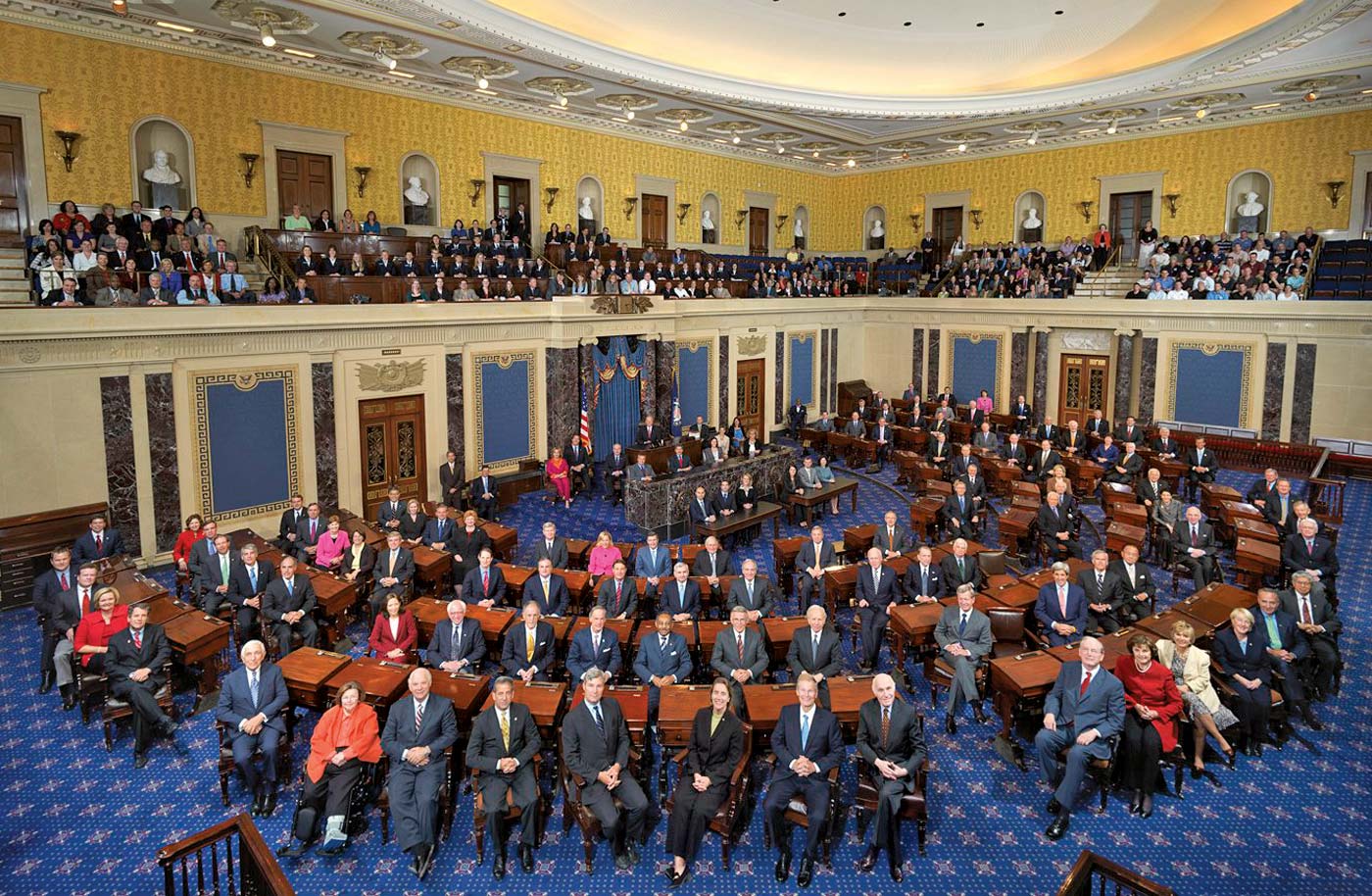Government Shutdown 2025: What You Need to Know About the Federal Funding Crisis
Government Shutdown 2025: What You Need to Know About the Federal Funding Crisis

The United States federal government entered its third day of shutdown on October 3, 2025, after Congress failed to reach an agreement on funding legislation for the 2026 fiscal year. This marks the first government shutdown since the historic 2018-2019 closure and represents a critical impasse between Republican and Democratic lawmakers over healthcare subsidies and federal spending priorities.
Why Did the Government Shut Down in 2025?
The shutdown stems from a fundamental disagreement over extending Affordable Care Act (ACA) health insurance tax credits, which are set to expire at the end of 2025. Democrats have made the extension of these subsidies their primary demand, arguing that allowing them to lapse would increase healthcare premiums for millions of Americans. Republicans, however, prefer to address the subsidies separately from government funding legislation.

The Republican-controlled House passed a "clean" continuing resolution that would fund the government through November 21 without addressing the health insurance subsidies. Senate Democrats have consistently blocked this measure, demanding comprehensive healthcare provisions be included in any funding agreement.
Impact on Federal Workers and Essential Services
The shutdown has resulted in the furlough of approximately 800,000 federal employees, with an additional 700,000 working without immediate pay. Essential services continue operating, including:
- Transportation Security Administration (TSA) airport screening
- Medicare and Medicaid services
- Social Security Administration operations
- Military and defense operations
- Emergency services and law enforcement
However, significant disruptions affect non-essential services, including national parks, most Environmental Protection Agency operations, and various federal research programs. The Department of Agriculture faces potential layoffs, while economic data releases from the Bureau of Labor Statistics and Census Bureau have been suspended.

Current Political Negotiations and Voting Patterns
Senate negotiations reveal growing pressure on both parties to resolve the impasse. In recent votes, three Democrats have broken ranks to support the Republican continuing resolution: Senator Catherine Cortez Masto of Nevada, Senator John Fetterman of Pennsylvania, and Independent Senator Angus King of Maine.
Senate Majority Leader John Thune indicated that Republicans need eight Democratic votes to overcome the 60-vote filibuster threshold, with Senator Rand Paul opposing the Republican measure due to fiscal concerns. Speaker Mike Johnson has maintained that Republicans will not negotiate on healthcare subsidies while the government remains closed.
Trump Administration's Strategic Response
President Trump's administration has escalated pressure on Democratic states through targeted funding freezes. Office of Management and Budget Director Russ Vought announced the suspension of $18 billion in New York infrastructure projects and $2.1 billion in Chicago transit funding, specifically targeting states represented by Democratic leadership.

These actions represent an unprecedented use of executive authority during a shutdown, with the administration arguing that Democratic obstruction justifies strategic pressure on their constituencies. House Speaker Johnson acknowledged that President Trump is "trolling the Democrats" while applying political pressure to end the standoff.
Economic and Social Consequences
The shutdown's economic impact extends beyond federal workers. A recent KFF poll found that 78% of Americans support extending the ACA tax credits, including 59% of Republicans. Without extension, health insurance premiums could increase significantly for millions of Americans purchasing coverage through ACA marketplaces.
Financial markets have shown concern about the prolonged political uncertainty, particularly given simultaneous challenges from potential widespread tariffs and ongoing trade negotiations. Federal contractors and businesses dependent on government services face mounting uncertainty about payment schedules and project continuations.
Potential Paths to Resolution
Political analysts identify several possible scenarios for ending the shutdown:
Democratic Defections: Additional Democratic senators from battleground states facing 2026 elections may break ranks, providing Republicans the votes needed to pass their continuing resolution.
Republican Concessions: GOP leadership might offer guarantees on future healthcare subsidy negotiations to secure Democratic support for immediate government funding.
Extended Stalemate: The shutdown could continue for weeks, similar to the record-setting 35-day closure in 2018-2019, potentially causing significant economic and political damage to both parties.

What Happens Next?
Senate leadership has scheduled additional votes for Friday afternoon, with plans to adjourn for the weekend if no agreement is reached. Both parties face mounting pressure from constituents and federal employee unions to resolve the crisis quickly.
The Government Employee Fair Treatment Act of 2019 ensures that furloughed workers will receive back pay once the shutdown ends, providing some financial security for affected families. However, the broader economic implications continue to grow with each passing day.
Frequently Asked Questions About the 2025 Government Shutdown
Q: How long will the shutdown last?
A: There's no definitive timeline. Previous shutdowns have lasted from a few days to 35 days, depending on political negotiations.
Q: Will Social Security checks still be sent?
A: Yes, Social Security payments continue during shutdowns as they're considered essential services.
Q: Are airports still operating normally?
A: TSA and air traffic controllers continue working, though some may work without immediate pay, potentially causing delays.
Q: What about military personnel?
A: Military members continue their duties but may face delayed paychecks until the shutdown ends.
The 2025 government shutdown represents a critical test of political will and governance effectiveness. As negotiations continue, the resolution will likely shape federal spending priorities and healthcare policy for years to come. Stay informed about developments as this historic political standoff unfolds.
Found this article helpful? Share it with others who need to understand the 2025 government shutdown crisis. Use the social media buttons below to spread important information about this developing story.